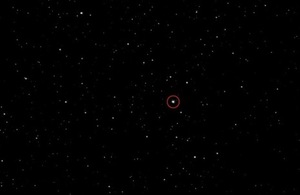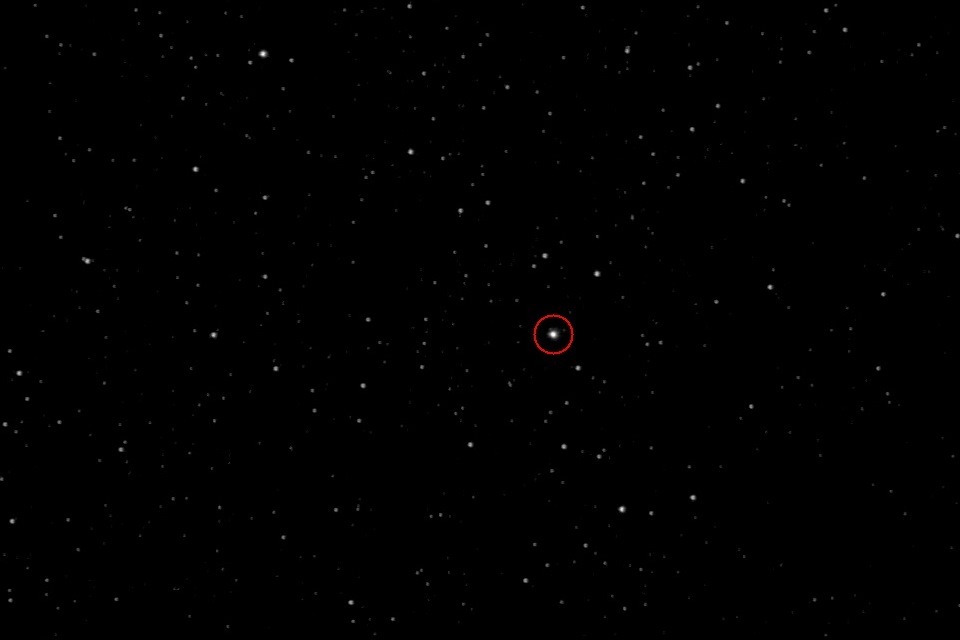Rosetta’s comet: expect the unexpected
An image snapped earlier this month by Europe’s Rosetta spacecraft shows its target comet has quietened, demonstrating the unpredictable nature of these enigmatic objects.

Image of 67P, captured by Rosetta on 4 June.
The picture was captured on 4 June by Rosetta’s scientific camera, and is the most recent full-resolution image from the narrow-angle sensor. It has been used to help fine-tune Rosetta’s navigation towards comet 67P/Churyumov–Gerasimenko, which was 430 000 km away at the time.
Strikingly, there is no longer any sign of the extended dust cloud that was seen developing around nucleus at the end of April and into May, as shown in our last image release. Indeed, monitoring of the comet has shown a significant drop in its brightness since then.

Image of 67P, captured by Rosetta on 4 June.
While it is not uncommon for comets to display varying levels of activity, it is the first time that scientists have witnessed changes in dust production from such a close distance. A comet’s ‘coma’ develops as it moves along its orbit progressively closer to the Sun, the increasing warmth causing surface ices to sublimate and gas to escape from its rock–ice nucleus.
As the gas flows away from the nucleus, it also carries a cloud of tiny dust particles out into space, which slowly expands to create the coma. The warming continues and activity rises as the comet moves ever closer to the Sun. Eventually, pressure from the solar wind causes some of the material to stream out into a long tail.
As comets are non-spherical and lumpy, this process is often unpredictable, with activity waxing and waning as they warm. The observations made over the six weeks from the end of April to early June show just how quickly the conditions at a comet can change. Since Rosetta’s instruments were reactivated earlier this year after a long hibernation, the scientific and navigation cameras have been regularly acquiring images to help define Rosetta’s trajectory to the comet.
Using this information, the spacecraft has been making a series of manoeuvres that will slowly bring it in line with the comet before their rendezvous in the first week of August. Four manoeuvres have been completed already – the most recent was yesterday – with six more to go. The last in the sequence is planned for 6 August, when Rosetta will be 100 km from the comet and will embark on a series of complex manoeuvres to bring it closer still.